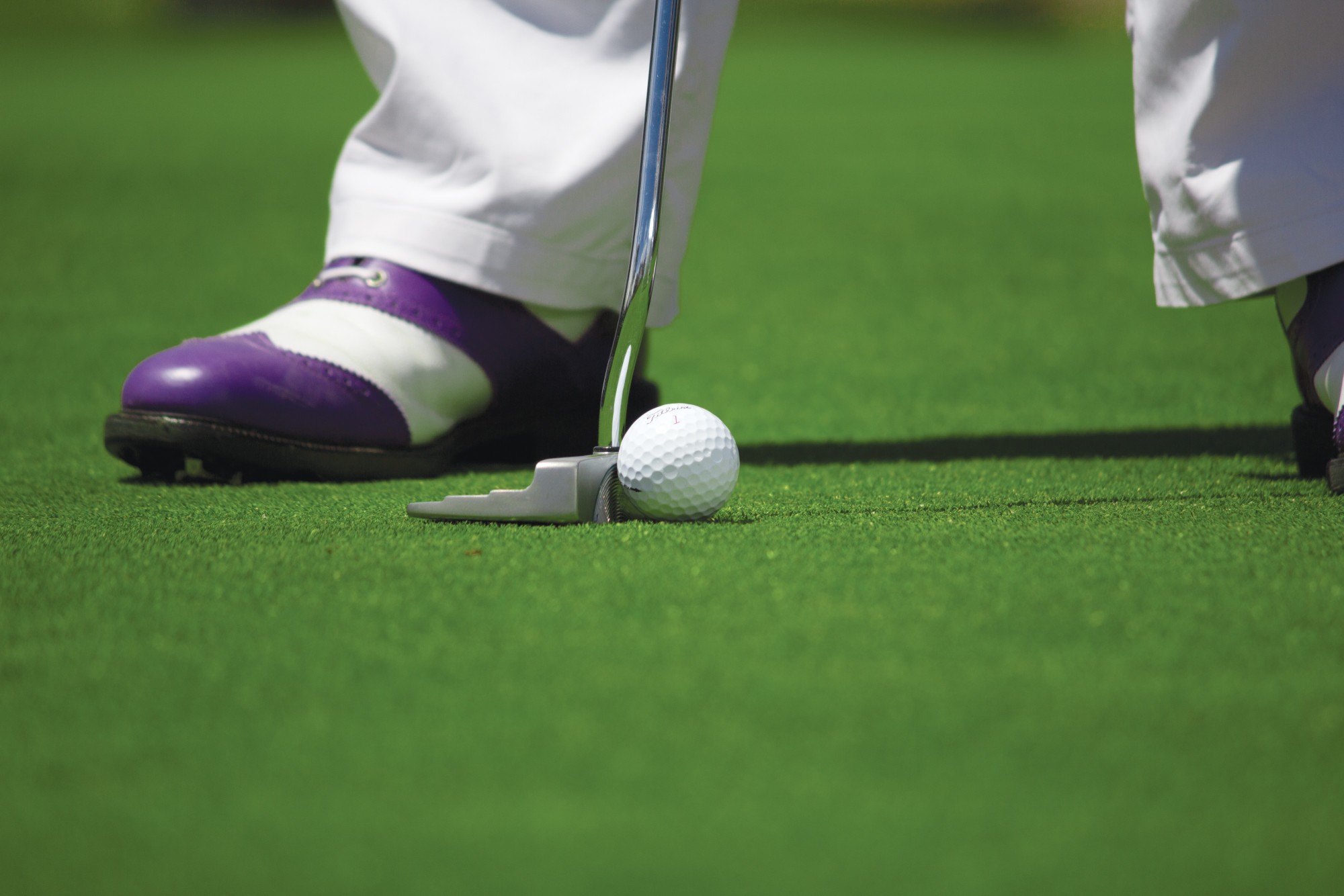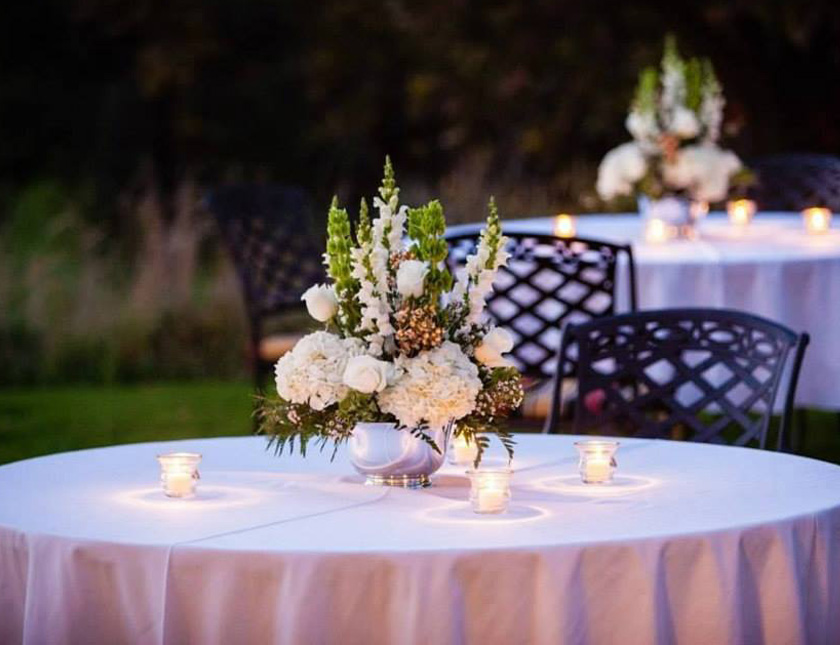From Bogies to Birdies: 10 Putting Strategies to Improve Your Game

Are you looking for ways of improving your golf game? Putting is often overlooked by weekend golfers, but the best golfers know the truth: putting is one of the most important parts of the game, and it’s also one of the easiest areas to gain confidence and strengthen your overall ability.
Putting isn't one skill: it's a combination of control, grip, stance, swing, and strategy. If you’re serious about achieving lower scores, learn how to putt like a pro. Start with these six putting strategies to change up your game and make more birdies.
1. Set Up and Alignment
Set up and alignment are some of the most important parts of putting. It can be helpful to have a putter with lines that help you to correctly visualize the alignment. Let your arms relax, square your shoulders, and narrow your line of sight.
During the entire process, it's crucial that your body remains absolutely still. Any lack of stability or lack of centered balance, however small, will cause the path of the putter to be inconsistent. Try keeping your eyes focused on the area of impact to reduce any inclination of your body to move.
Don't even look up immediately after your stroke--wait until after a count of one.
2. Learn to Judge Distances
You'll never be able to read putts correctly unless you can accurately judge distances. Give yourself an eye exam and learn how to judge distances right every time. Try picking a target on the ground over 20 feet away from you and fix the image in your mind.
Close your eyes, raise your arms, then point at where you think the target lies. When you open your eyes, check how close you were. If you're a little off, don't be discouraged. Most players can have excellent eyesight but still be "depth-deficient," meaning that they tend to perceive the location of the hole to be closer than it actually is.
Try judging the distance from the side of the putt, not from behind the ball, and move the putter-head from the ball to the hole to teach your body to accurately calculate the distance.
3. Visualization
In order to putt well, a player must know exactly where they are trying to aim, and this goes behind being able to judge a distance. Start each session by practicing reading the green without actually moving.
In a process similar to learning how to read distances correctly, survey the land and the terrain and get an understanding of the entire surrounding area. Close familiarity with the ground and the area will help you before you reach the green.
Align your body in the right position and prepare, but don't move and go through with the process in your imagination. This will help you gain a much closer sense of your alignment and rhythm.
4. The Horizontal Side-to-Side Survey
A horizontal read is always more effective than a vertical one, so it's important to remember to conduct the side-to-side survey. Scanning the green this way gives you the most accurate sense of the slope. You might be tempted to just scan the distance from the ball to the hole and back vertically, but it doesn't actually help you see how much side-to-side tilt there is.
If you scan the putt horizontally, you'll see more information. The technique is simple: first, examine the final three feet of the putt from behind the hole. Picture two coins on each side of a line running from the ball to the cup.
Then squat down and run your eyes horizontally between the coins to assess the slope of the green.
Repeat the process for the other half of the putt for a complete understanding of slope. If you feel like it, you can drop actual coins on the green until you get the hang of it.
5. Patience and Confidence
Improving your putting game will take a lot of practice and a lot of patience. The best putters in the world not only can judge distance correctly and have flawless alignment and rhythm, but they also have confidence. And there's only one way to build more confidence: make more putts.
Try finishing each session by sinking as many short putts as you are able to in a row. Make them short--two or three feet--and set a goal of 15 or 20, but remember to read each putt as if it was the only one.
6. The "100 Straight" Putting Drill
It's impossible to emphasize exactly how important patience and concentration are to putting. Getting it right 100 times in a row will test your dedication, hone your technique, and help you cement your rhythm.
No drill forces consistency and patience more than this one does.
If you have the determination to see all 100 putts through, your rhythm will be unbeatable. Block out all of the noise and all distractions--the only thing that matters is the space between you and the hole.
Need More Help Improving Your Game?
You and you alone can control whether or not you improve your putting. Remember, playing a smarter game may not be easy and it will inevitably take some time before you actually see improvements to your game. Keep up with practice and drills, and you’ll begin to see improvements in your putting game.
There’s no question about it that golf takes a lot of hard work, but with a little dedication, a bit of consistent practice, and a great deal of patience, you’ll get there!
If you'd like to improve your golf game some more, be sure to check out Hampton Golf's article how improving your grip can drastically improve your game — or contact our Golf Pros to schedule some lessons!



